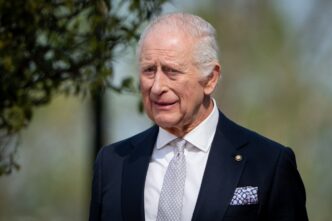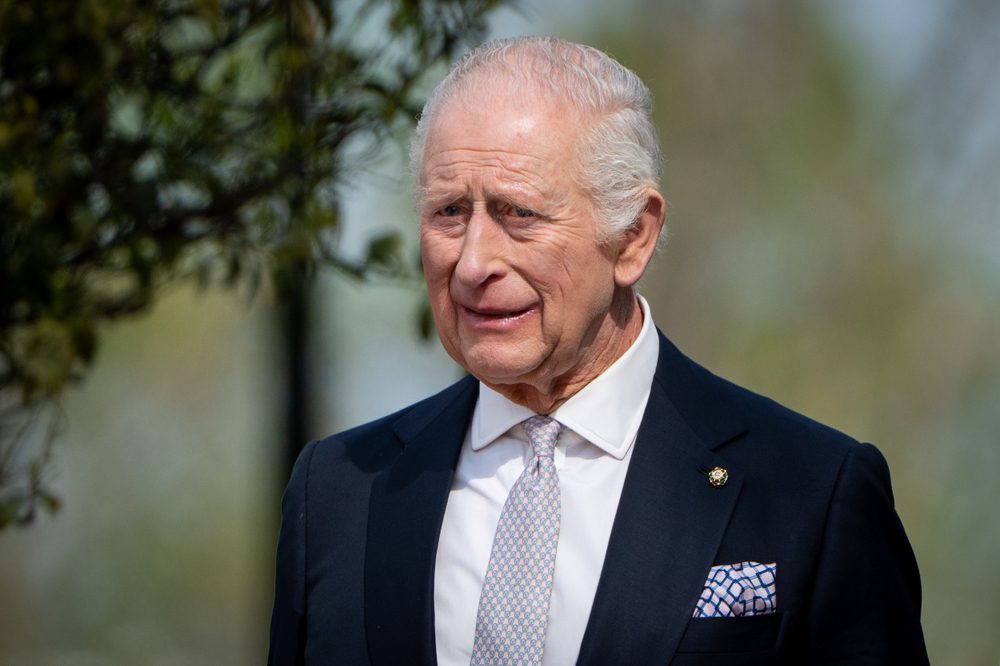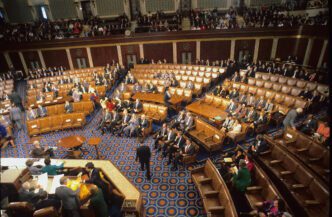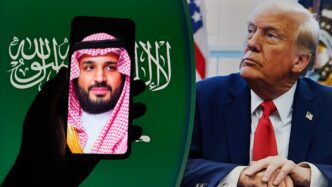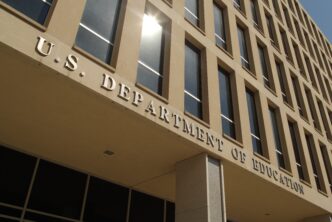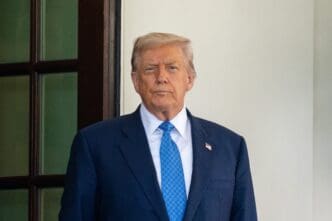Executive Summary
The Story So Far
Why This Matters
Who Thinks What?
President Donald Trump is set to embark on an unprecedented second state visit to the United Kingdom this week, marking a significant deviation from long-standing diplomatic traditions. King Charles III extended the invitation for the lavish affair, which will feature extensive pomp and pageantry, signaling Britain’s strategic use of royal welcome as a powerful diplomatic tool, particularly in the context of current UK-US relations.
An Unprecedented Welcome
State visits, characterized by full royal ceremony including a guard of honor, cavalry band, and the palace’s finest silverware, are typically reserved for a US president’s first term. Previous second-term presidents like Barack Obama and George W. Bush received more subdued official visits, lacking the grandiosity of a state welcome. President Trump’s upcoming visit makes him a lone exception to this unwritten rule, accounting for half of all state visits ever extended to a US leader.
The Royal Treatment
The British royal household is sparing no effort to ensure a spectacular reception. President Trump’s two-day agenda begins with a carriage procession through the Windsor Castle estate, escorted by mounted cavalry, as part of a full ceremonial welcome. Highlights include a flyover by the Royal Air Force’s aerobatic team, the Red Arrows, and a military ceremony known as a “beating retreat”—elements never before deployed during a state visit. The schedule culminates in a multi-course banquet at St George’s Hall, complete with toasts and speeches.
The royal family even released a nine-minute video to its official YouTube channel detailing the “huge amount of planning, expertise and hard work” involved in preparing for state visits, underscoring the significance of the occasion.
Catering to Trump’s Preferences
This elaborate display of old-world luxury and military grandeur is widely seen as a deliberate strategy to appeal to President Trump’s known appreciation for visible status symbols and opulent displays. Royal historian Robert Lacey noted that Britain is “buttering up to him,” suggesting Trump’s attendance is contingent on the opportunity to stay at Windsor Castle and meet the monarch. During his last state visit in 2019, Trump presented Queen Elizabeth II with a Tiffany & Co. brooch and Prince Philip with an Air Force One jacket and a signed autobiography, in a customary exchange of gifts.
Diplomatic Maneuvers and Public Avoidance
Beyond the ceremonial aspects, the state visit serves a strategic diplomatic purpose. By keeping President Trump within a “Windsor bubble,” the British establishment aims to minimize the likelihood and impact of potential protests, such as the “Trump baby” blimp seen during his last visit. Trump will not participate in any public-facing events and is scheduled to meet Prime Minister Keir Starmer at his countryside residence, rather than in London.
The timing of the visit, coinciding with Westminster’s recess, also conveniently sidesteps debates over whether Trump should address Parliament. This arrangement offers President Trump significant positive optics with minimal risk of political missteps, while providing the British government a potential “sweetener” for ongoing UK-US trade talks, which are crucial for the UK’s post-Brexit economy. This echoes historical instances, such as the 1978 state visit of Romanian dictator Nicolae Ceaușescu, which preceded a substantial aerospace deal.
Historical Context of Trump’s Royal Fascination
President Trump has a long-documented fascination with the monarchy, viewing royalty as an exclusive social stratum. Past incidents include his alleged appropriation of a British coat of arms for his golf courses and a 1993 radio appearance where he expressed a desire to date Princess Diana, then still married to King Charles III. These historical footnotes are unlikely to be discussed during the current visit’s formal proceedings.
Ultimately, President Trump’s second state visit to Britain is a carefully orchestrated act of realpolitik, disguised as a gesture of generosity. The elaborate pomp and pageantry represent a strategic diplomatic maneuver, offering a ceremonial “ego massage” from a nation uniquely capable of providing such a spectacle to a US president uniquely receptive to it.

